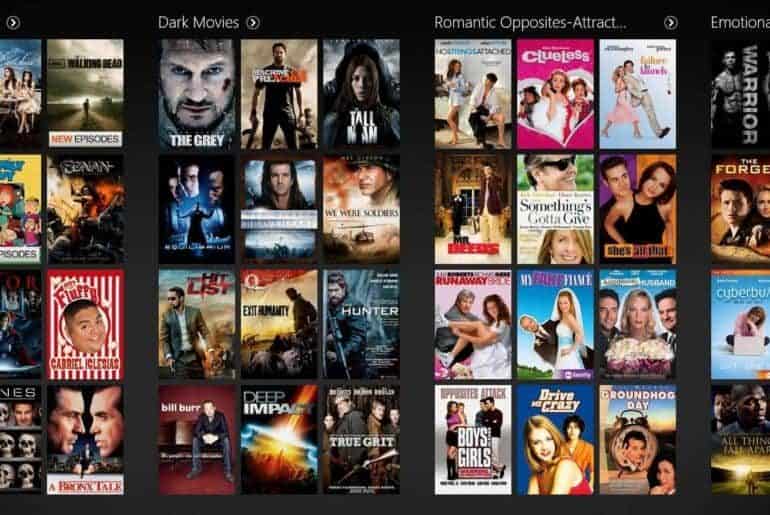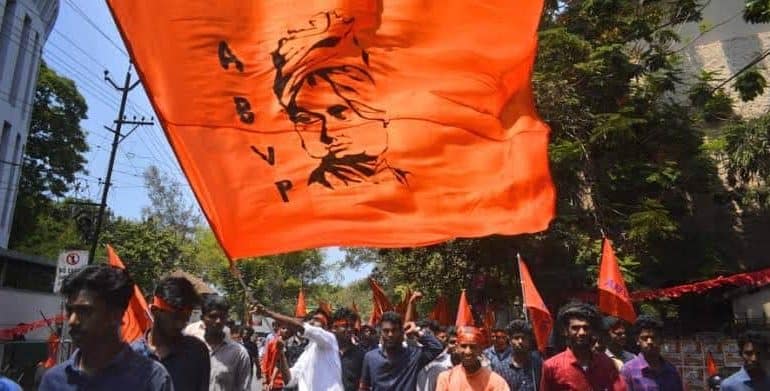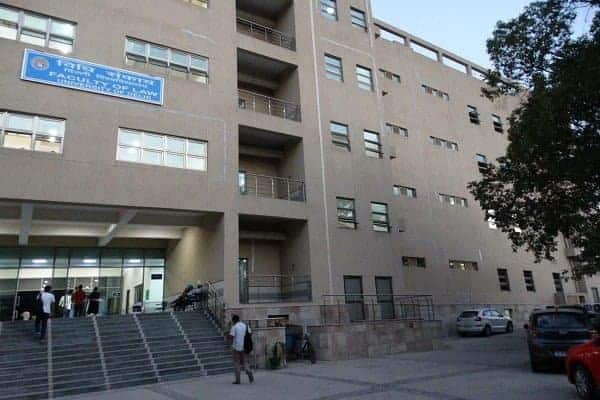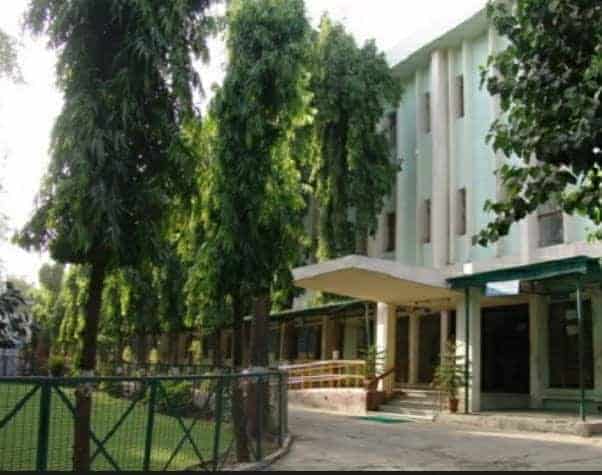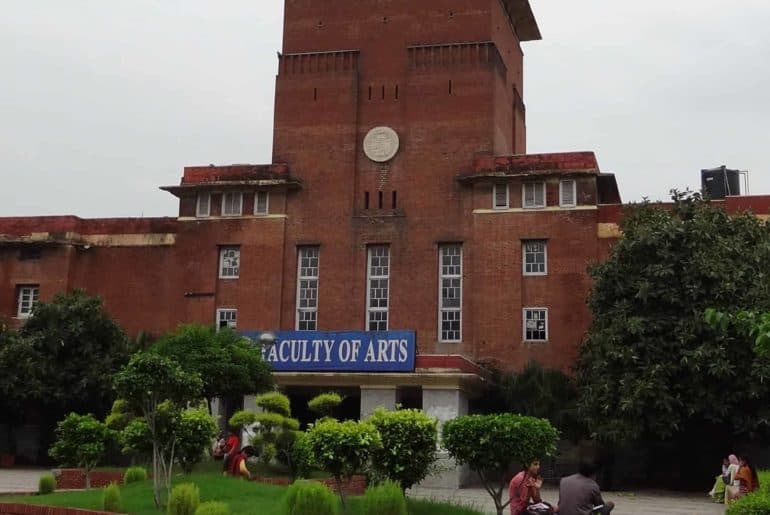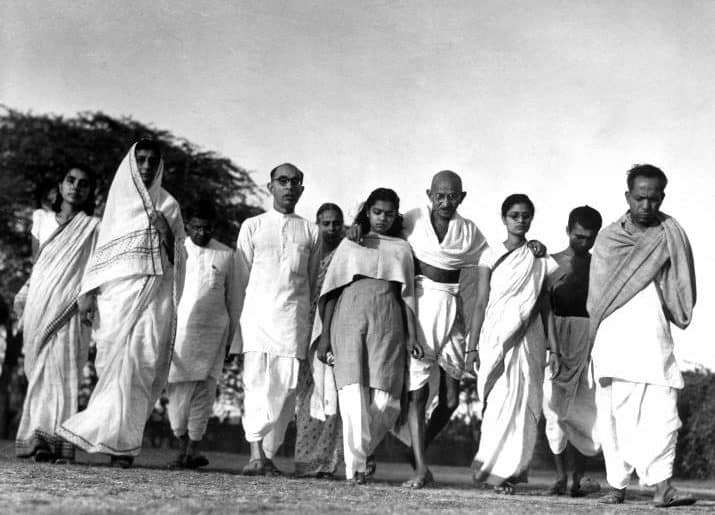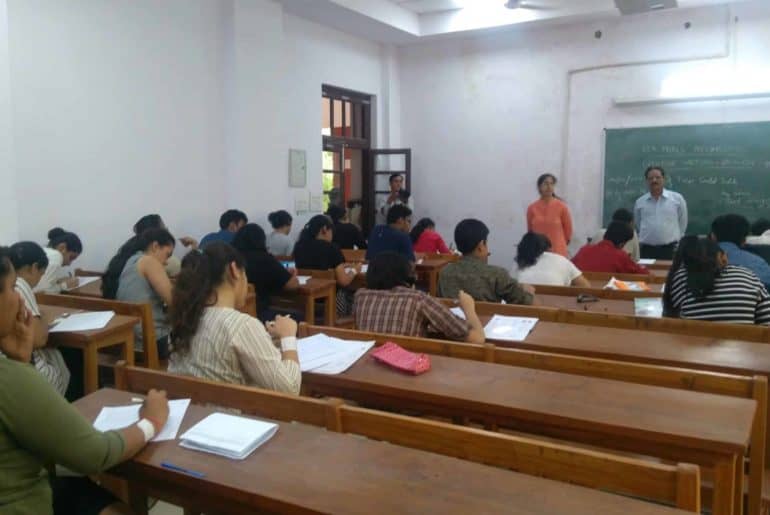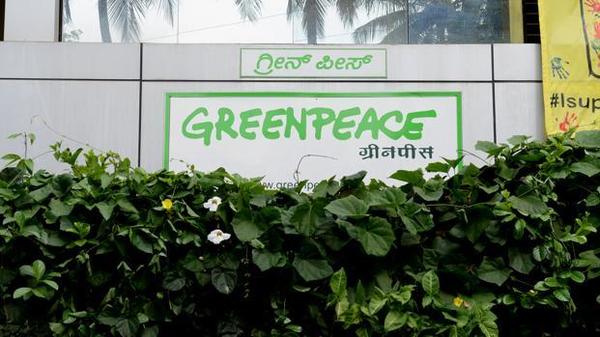When was the last time when we managed an escapade from the fascinating content provided by the creative OTT platforms that literally has its subscribers glued to the screens? Perhaps it would be a matter of prior engagements, over the last four years the over-the-top media service has seen a significant consumption, especially with respect to the Indian market which as of now values around INR 3,500 crores and is estimated to rise by many folds to dethrone the television industry and environment altogether. An endless supply of level original content in high definition quality is easily available with an affordable subscription fee, that seems really economical from our recreational budget matrix but the cost that the environment suffers seems extremely exorbitant.
Although streaming platforms like Netflix are extremely cautious with the provision of spectator data, their ‘Prime’ presence everywhere is as shining as a ‘hot-Star’ and hence cannot be ignored like a bad ‘Spotify’ playlist. Millions of people on a daily basis consume a large amount of data on these on-demand content platforms which is binge-watched for hours, inducing a large amount of carbon dioxide emissions into the atmosphere we actually need. According to the Shift Project, a French think-tank that claims to advance the shift to a post-carbon economy, ‘Watching a half-hour show would lead to emissions of around 1.6 kilograms of carbon dioxide, that’s equivalent to driving a car for 6.28 kilometres.’
‘Digital videos come in very large file sizes and (are) getting bigger with each new generation of higher-definition video,’ said Gary Cook from Greenpeace, which is administered to look on the IT sector’s energy footprint.
Cook further adds, ‘More data equals more energy needed to maintain a system that is ready to stream this video to your device at a moment’s notice.’
Much of the energy needed for streaming services is consumed by the data centres, which further provides data to our computers and handsets. Reportedly, the centres contribute about 0.3 per cent of all carbon emissions and the ever-increasing steadfast demand for better technologies has stressed our energy sources substantially.
As matters of fact, screens with 4K resolution use about 30 per cent more energy than high-definition screens; upgraded devices and technologies require more amounts of energy to store, process, and share data and further corresponds for increased production and consumption wastes at every level of test and research development praxis.
On the contrary, we are ought to agree that these platforms are extremely entertaining and provide a good dose of change from our monotonous lives but the stringent fact remains that in such hard times where our cities like Kanpur, Gurugram, and Delhi as heavy ‘cyber-hubs’, they also hold the title for the most polluted cities on the planet. The carbon emissions caused by the digital media markers which are expected to rise and expand significantly needs alternative renewable energy sources and judicious sustainable management.
But it won’t be enough for us to rue the online platforms and their capitalist endeavors hindering the environment without realising these suggestions that are put forth by Professor Chris Priest and Dr Dan Schien of the University of Bristol who advocate terrestrial Broadcast TV to be lot more efficient than network streaming, whereas mobile phones continue to be more energy-efficient than a TV or a PC. Professor Priest even underlines the fact that a Wi-Fi connection can be more efficient than a 3G or 4G connection; downloading videos rather than viewing it online could pose as a much better alternative in terms of energy preservation.
Significant steps, conventions and debate continue to stall at the global level with increased stress and collective responsibility being observed worldwide it would continue to be an incomplete effort if small things like these go unnoticed and are not corrected or duly accounted for.
Feature Image Credits: Lighthouse insight
Faizan Salik

